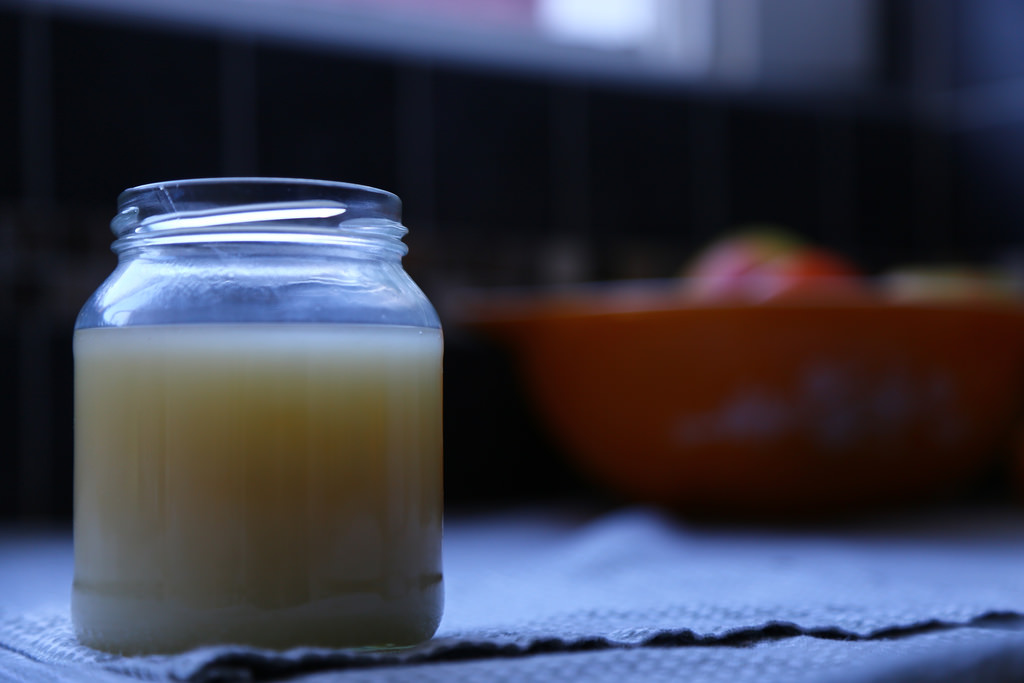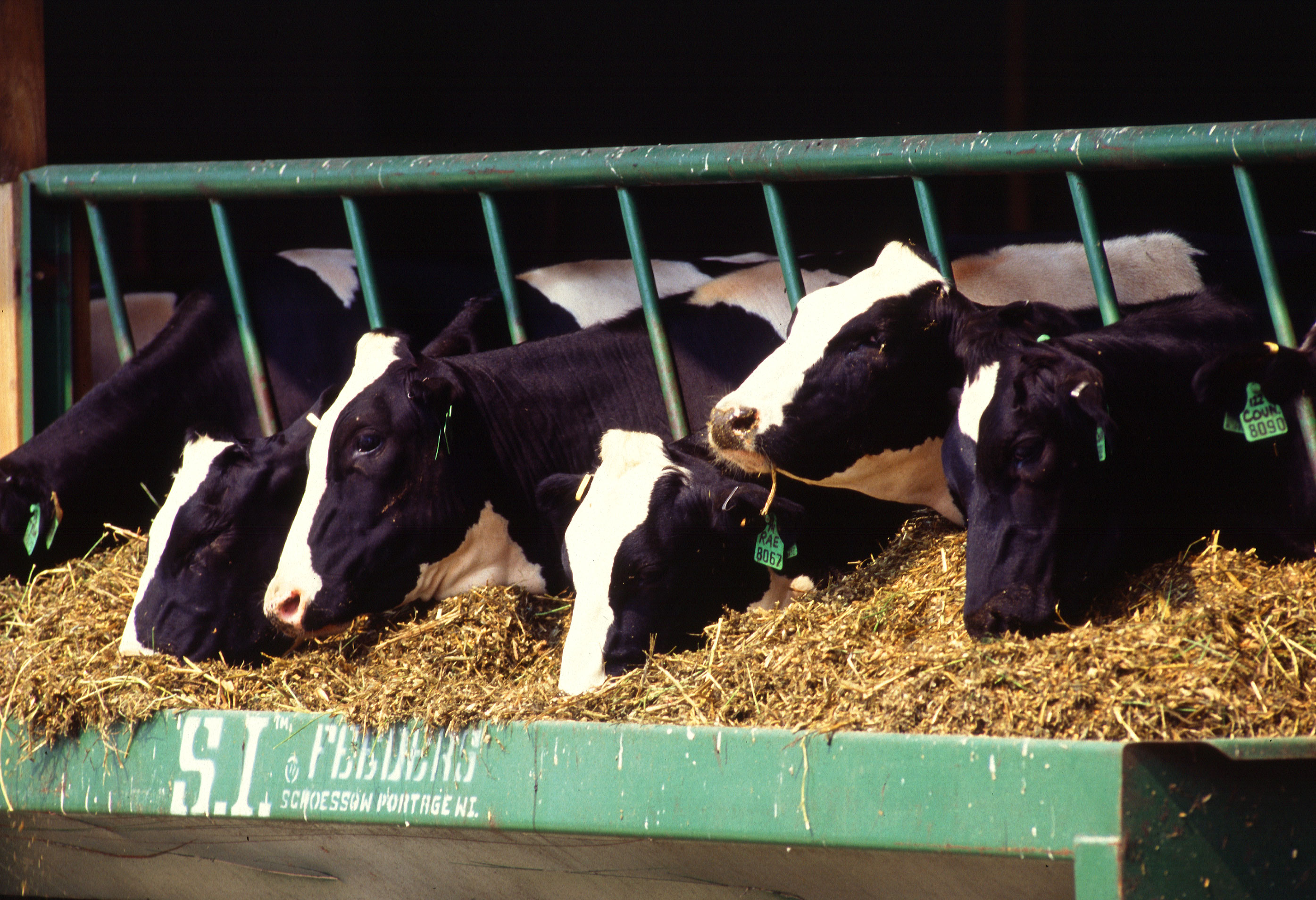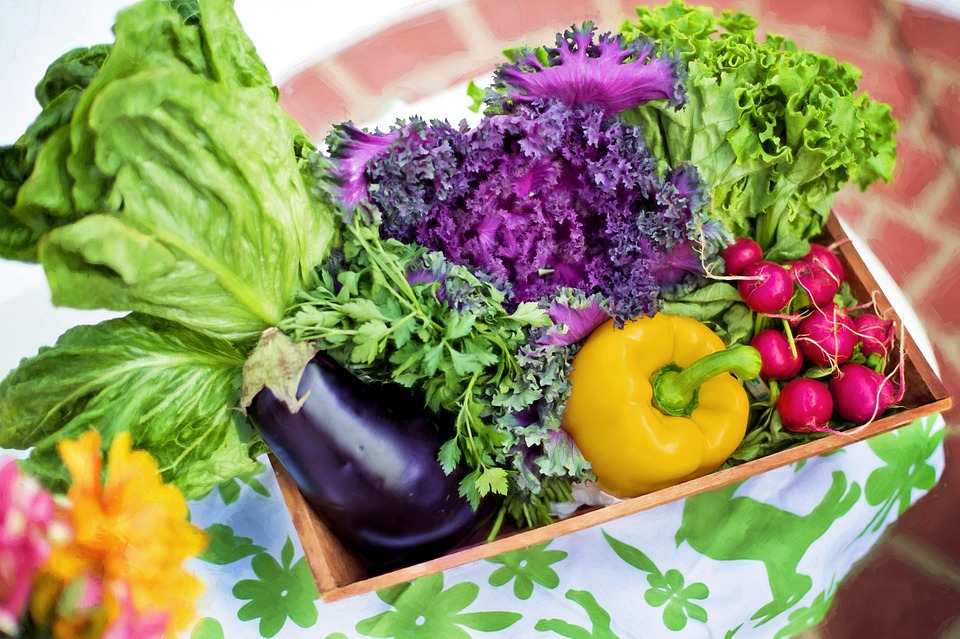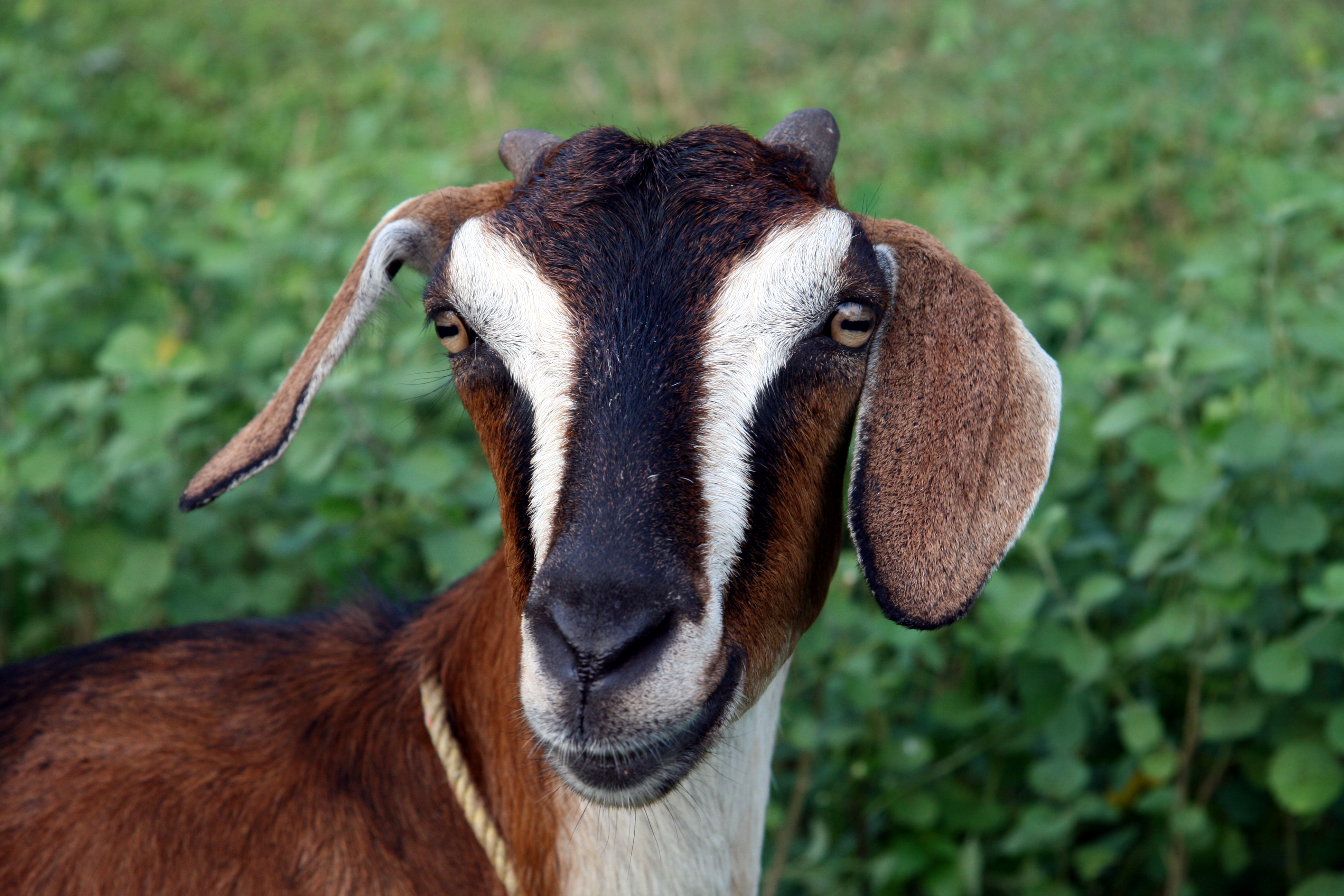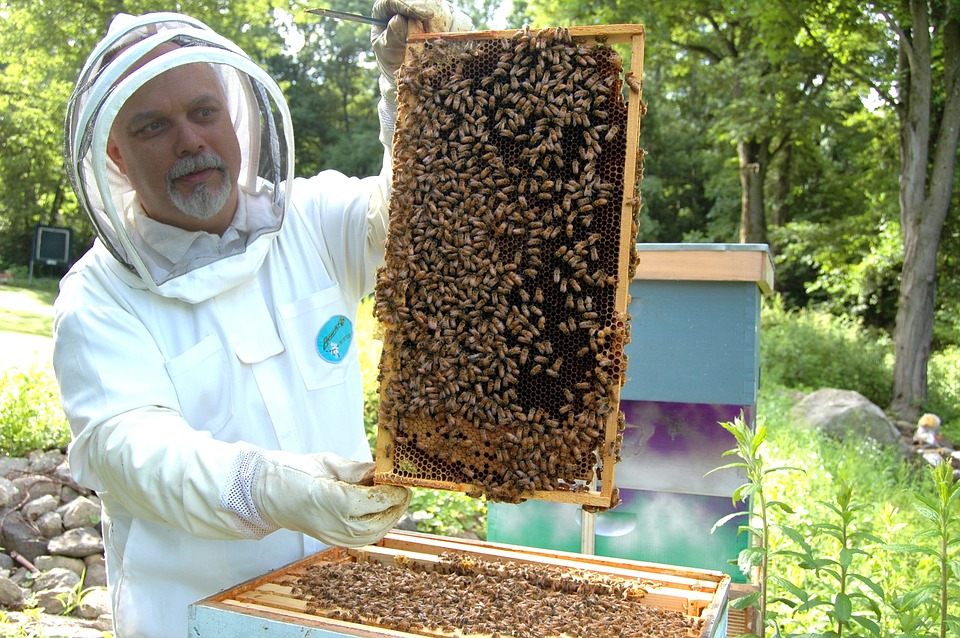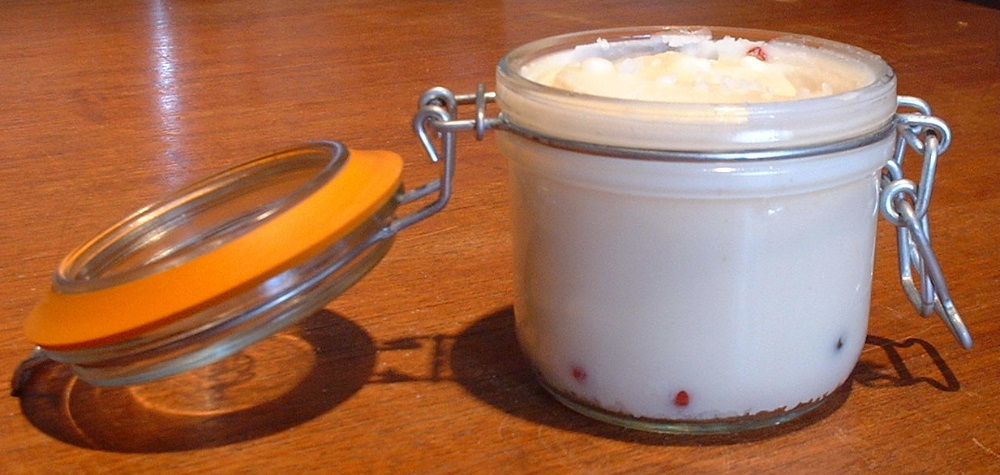Tips for Keeping Chickens Warm This Winter
We recently covered how to care for chickens in hot weather, but as fall seems to be whizzing around the corner, we thought it would be a good idea to cover how to care for them in cold weather, because it’s important to plan ahead. It’s simpler than you think really-chickens can, with the right … Read more


